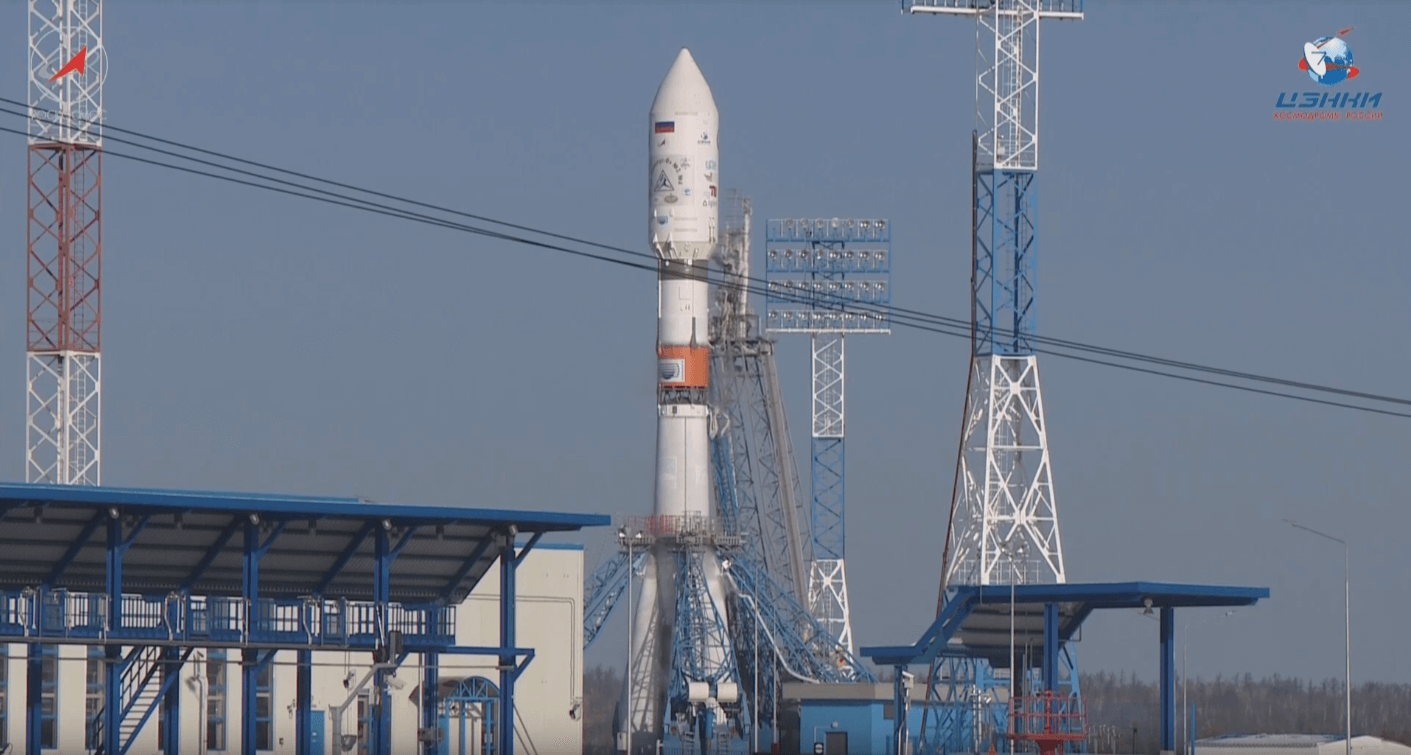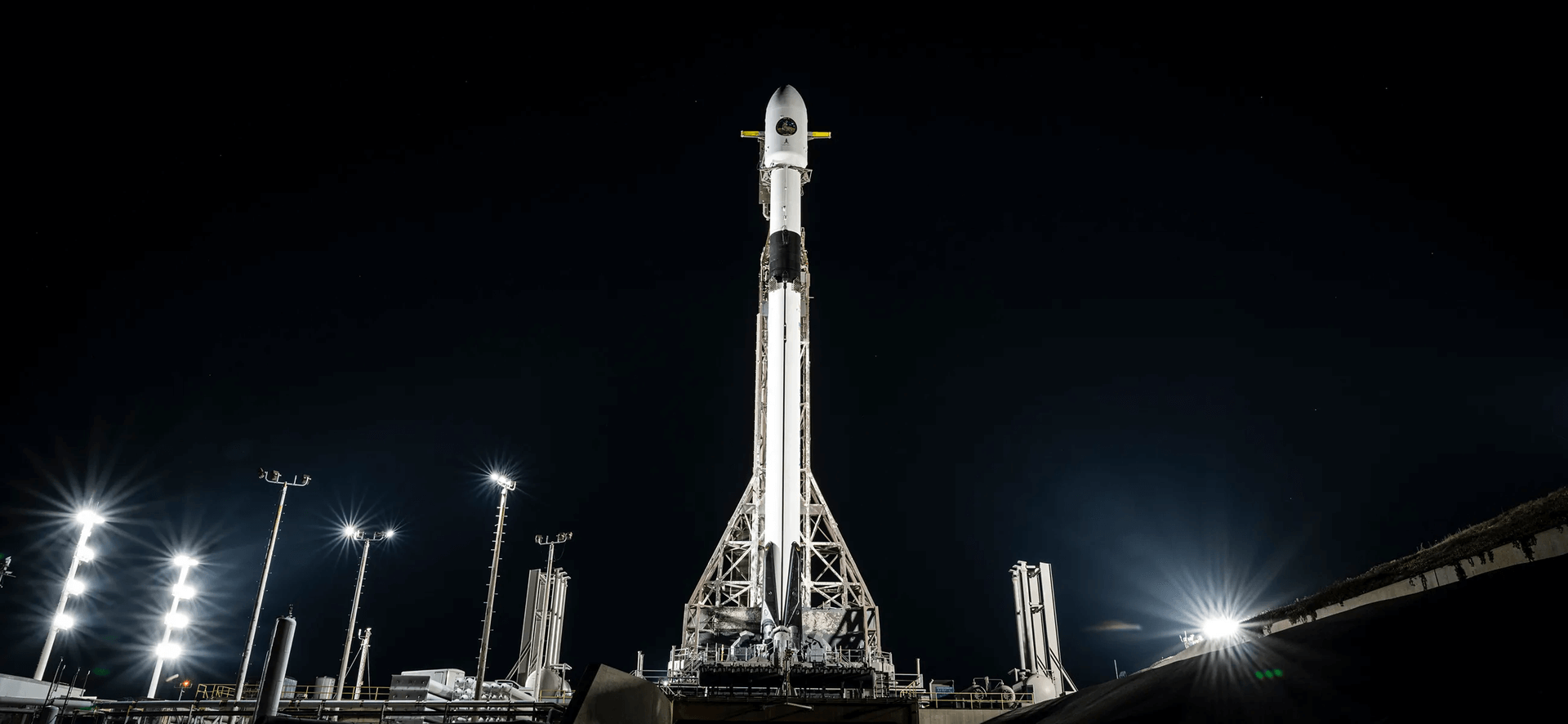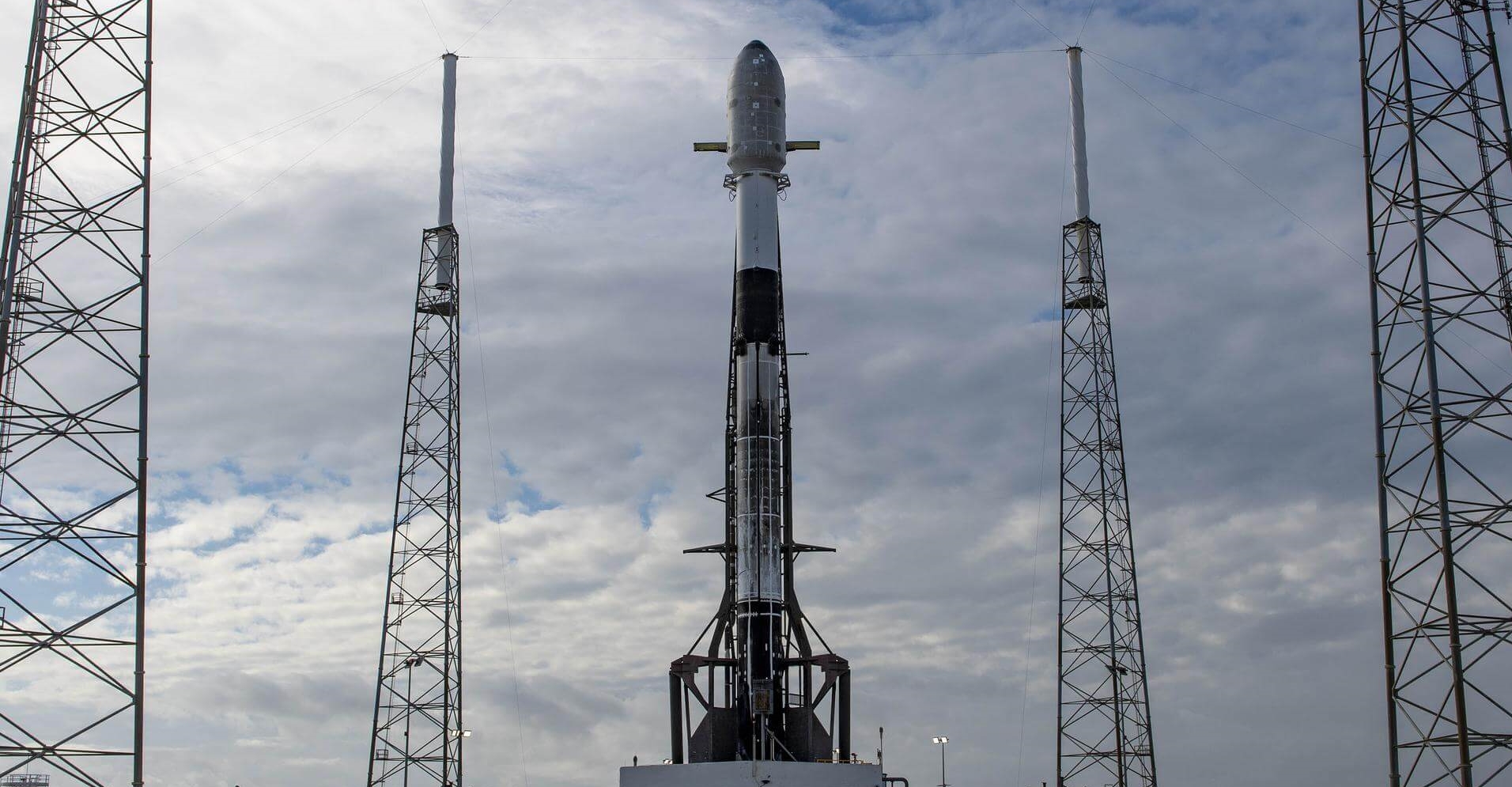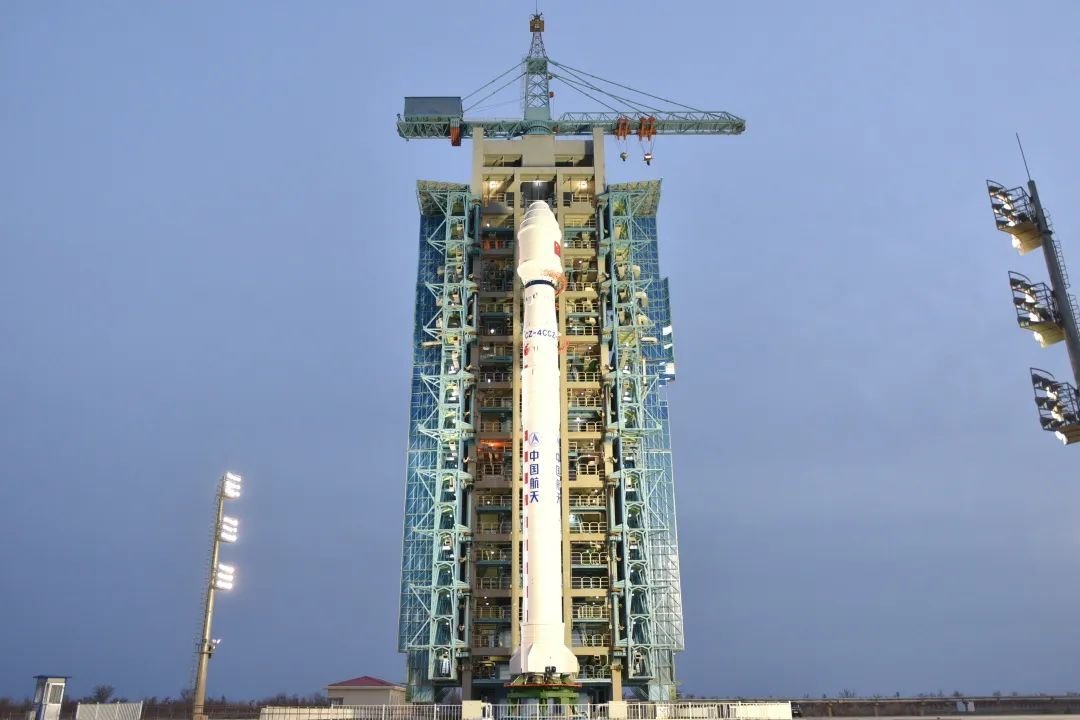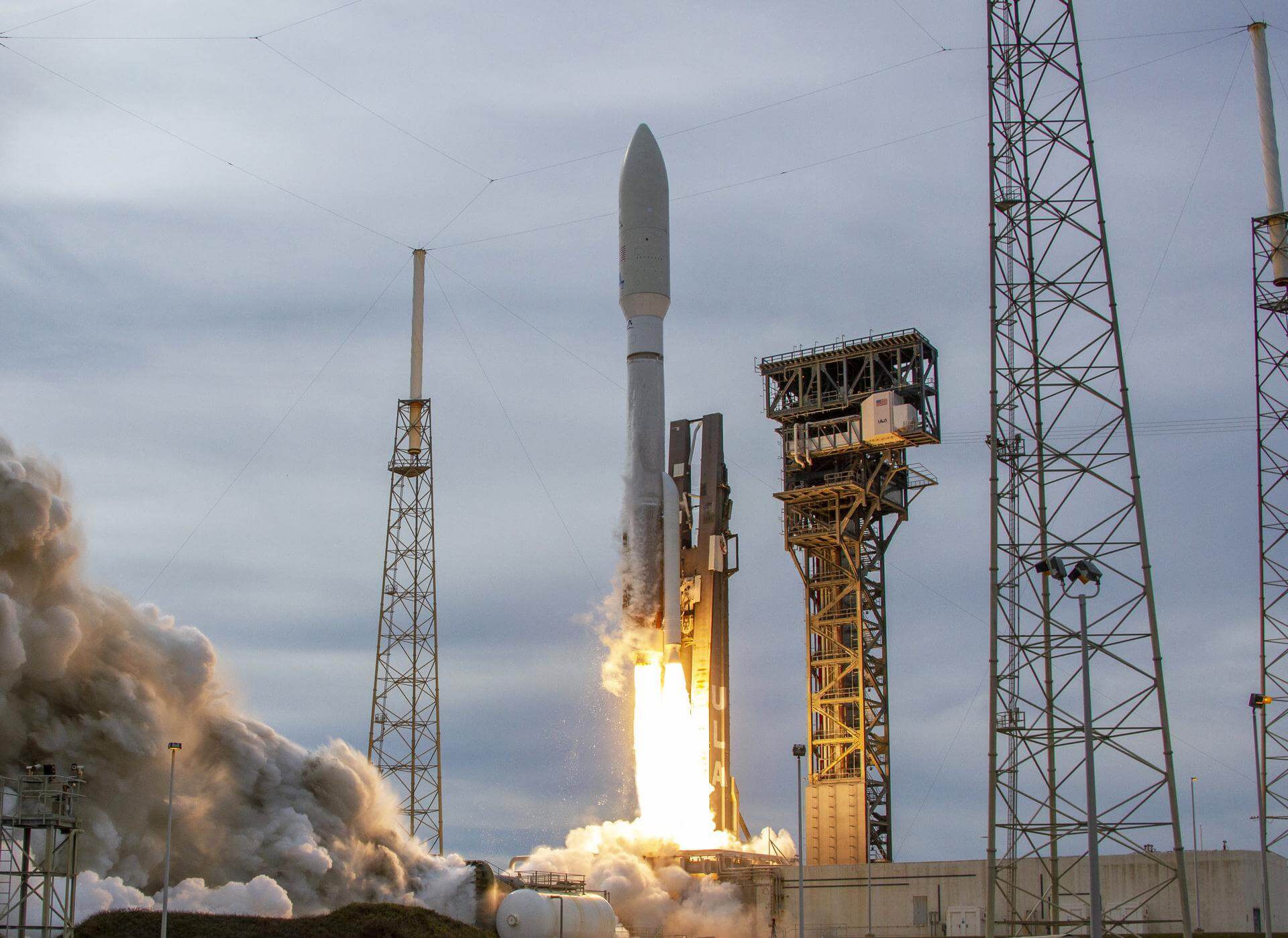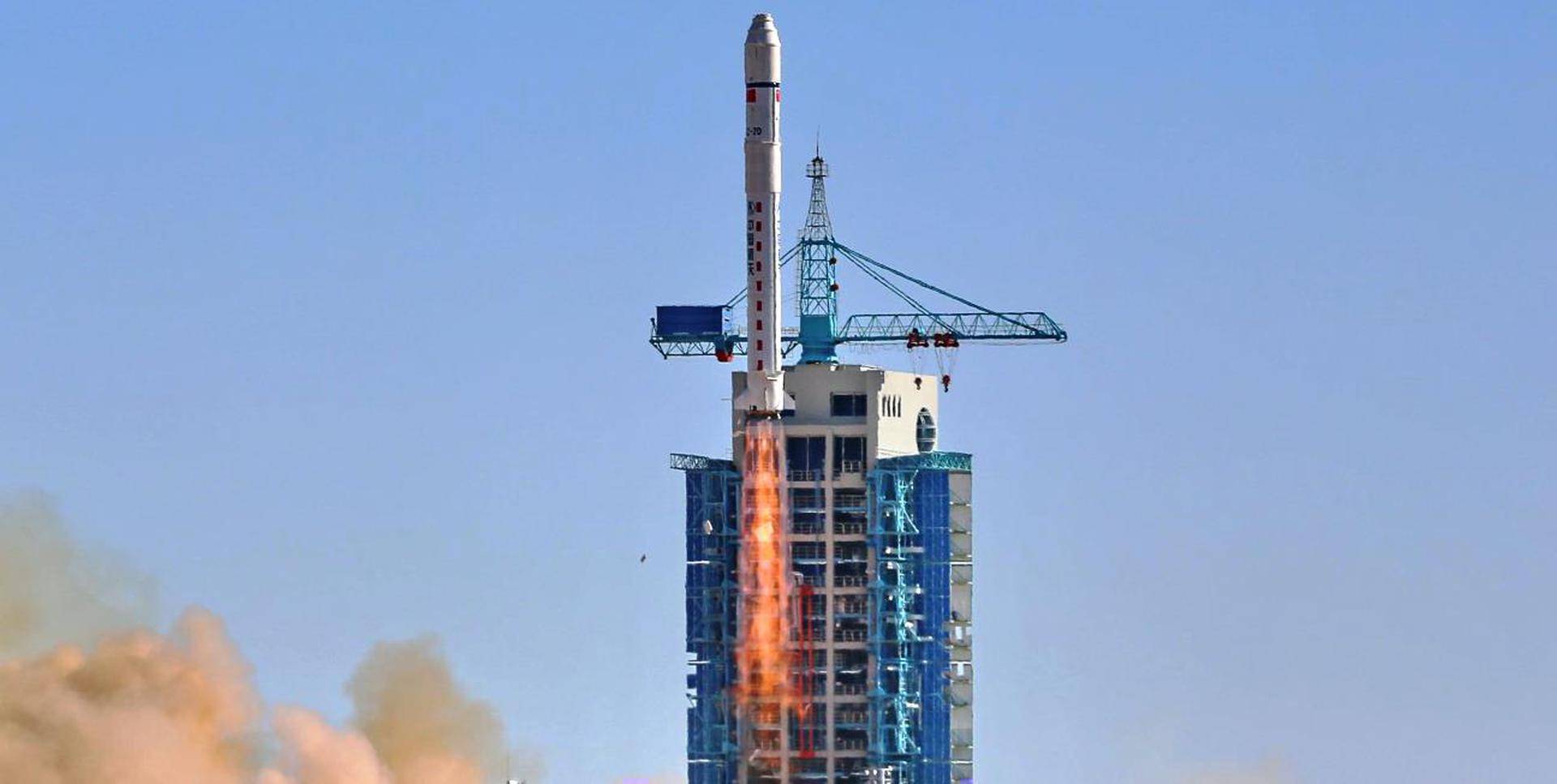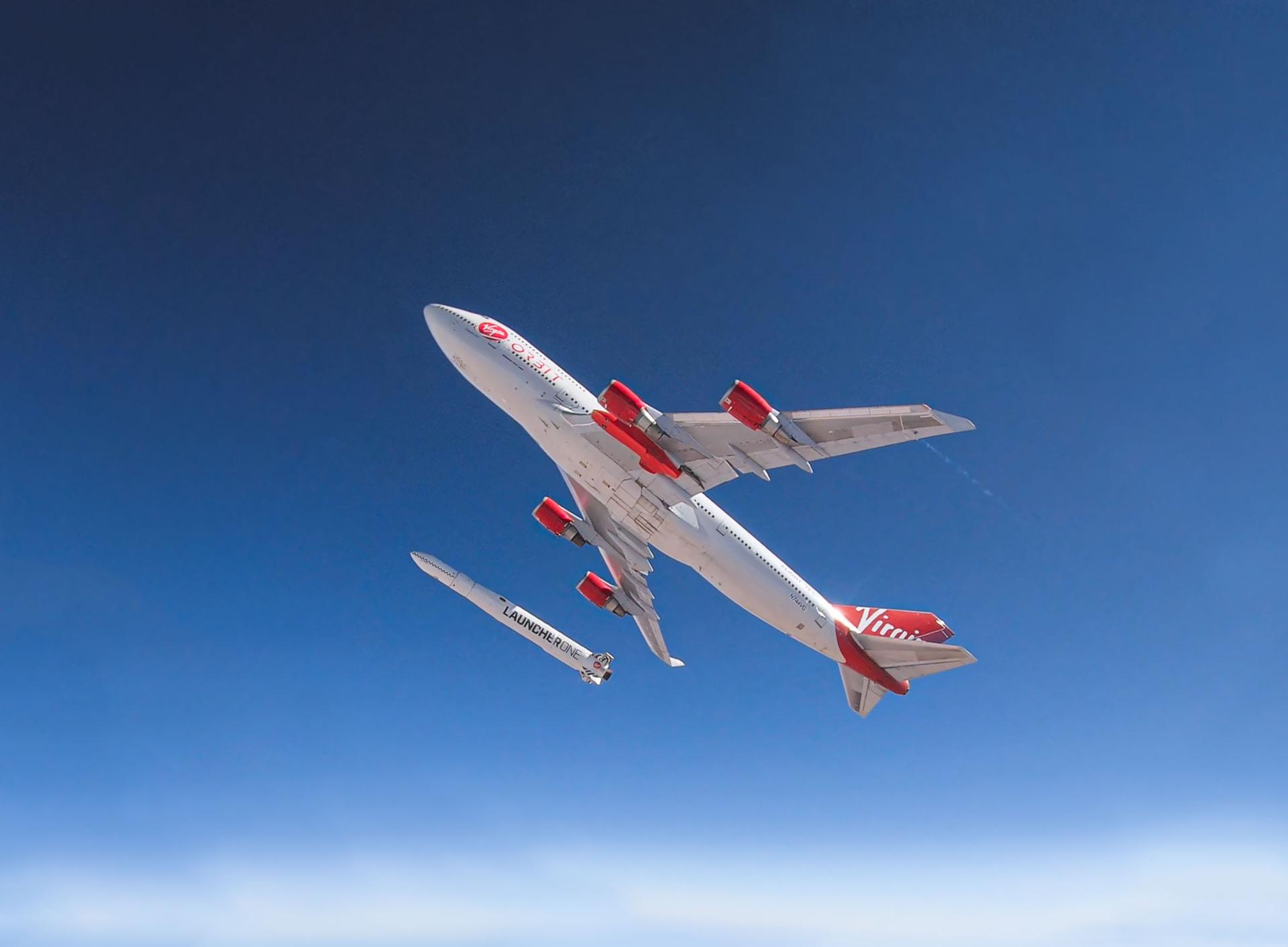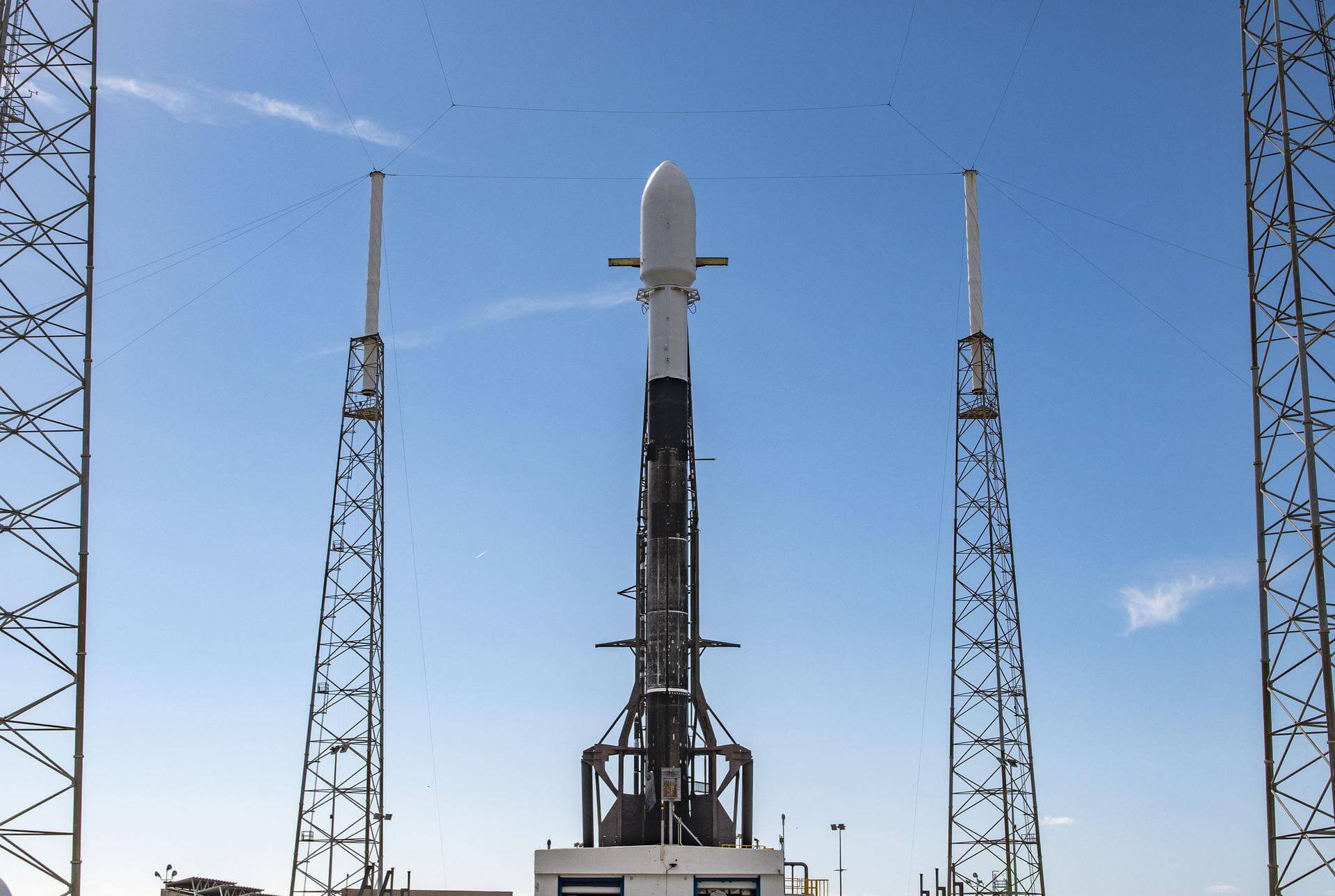Previous Spaceflight Launches
Filter by Agency, Locations or Vehicles
Show All LaunchesSoyuz 2.1a/Fregat-M | Neitron (Kosmos 2553)
Progress Rocket Space Center | RussiaPlesetsk Cosmodrome, Russian Federation
Feb. 5, 2022, 7 a.m.
Falcon 9 Block 5 | Starlink Group 4-7
SpaceX | United States of AmericaKennedy Space Center, FL, USA
Feb. 3, 2022, 6:13 p.m.
Falcon 9 Block 5 | NROL-87
SpaceX | United States of AmericaVandenberg SFB, CA, USA
Feb. 2, 2022, 8:27 p.m.
Falcon 9 Block 5 | CSG-2
SpaceX | United States of AmericaCape Canaveral SFS, FL, USA
Jan. 31, 2022, 11:11 p.m.
Long March 4C | L-SAR 01A
China Aerospace Science and Technology Corporation | ChinaJiuquan Satellite Launch Center, People's Republic of China
Jan. 25, 2022, 11:44 p.m.
Atlas V 511 | USSF-8
United Launch Alliance | United States of AmericaCape Canaveral SFS, FL, USA
Jan. 21, 2022, 7 p.m.
Status: Launch Successful
Mission:
USSF-8 will launch two identical Geosynchronous Space Situational Awareness Program (GSSAP) satellites GSSAP-5 and GSSAP-6 directly to a near-geosynchronous orbit approximately 36,000 km above the equator. Data from the GSSAP will uniquely contribute to timely and accurate orbital predictions, further enabling space flight safety including satellite collision avoidance. Unique to this mission is the first and only planned flight of the Atlas V 511 configuration.
Geosynchronous OrbitFalcon 9 Block 5 | Starlink Group 4-6
SpaceX | United States of AmericaKennedy Space Center, FL, USA
Jan. 19, 2022, 2:02 a.m.
Long March 2D | Shiyan 13
China Aerospace Science and Technology Corporation | ChinaTaiyuan Satellite Launch Center, People's Republic of China
Jan. 17, 2022, 2:35 a.m.
LauncherOne | Above the Clouds
Virgin Orbit | United States of AmericaAir launch to orbit
Jan. 13, 2022, 10:52 p.m.
Status: Launch Successful
Mission:
Mission to a 500 km circular orbit inclined at 45 degrees carrying eight R&D satellites from US government agencies with communications and navigation experiments as well as two Earth-observation nanosatellites from Polish company SatRevolution.
Low Earth OrbitFalcon 9 Block 5 | Transporter 3 (Dedicated SSO Rideshare)
SpaceX | United States of AmericaCape Canaveral SFS, FL, USA
Jan. 13, 2022, 3:25 p.m.
